A painter of the Spanish monarchy, a learned and academic artist, Francisco José de Goya y Lucientes (Fuendetodos, 1746 - Bordeaux 1828) contributed his work to a mental paradigm shift in 18th- and 19th-century Spanish art. To the Spanish genius, the Palazzo Reale in Milan is dedicating, from October 31, 2023, to March 3, 2024, the exhibition Goya. The Rebellion of Reason, curated by Víctor Nieto Alcaide, Academic Delegate of the Museum, Chalcography and Exhibitions of the Real Academia de Bellas Artes de San Fernando, Madrid. Goya began his career with works related to traditional themes dear to his patrons. Over time, however, he developed a personal outlook toward intimate subjects as well as social themes. His approach to painting was in fact not mechanical or improvised but started from reason, from a lucid ethical and moral interpretation of the Spanish society of the time.
Remarkable was his contribution of criticism of political and religious power through social satire and the depiction of the cruelty of war, which brought human suffering even before military glories; displacing for the time in which he lived, finally, was the feeling of pietas toward the marginalized, the poor, and the mentally ill, which Goya let shine through his paintings. An Enlightenment art, then, the product of reason but at the same time expressive and deeply emotional, so much so that it is still absolutely modern today. The exhibition at the Royal Palace recounts through paintings, engravings and copperplates Goya’s world, his experience of History, his attitude as an artist, his thought and his ideology, and offers visitors the works that best describe his artistic evolution and the themes he dealt with, while also telling the story of the man and at the same time the unstable as well as bloody historical and social context that shaped his artistic soul and his intellectual thought in such a unique way.


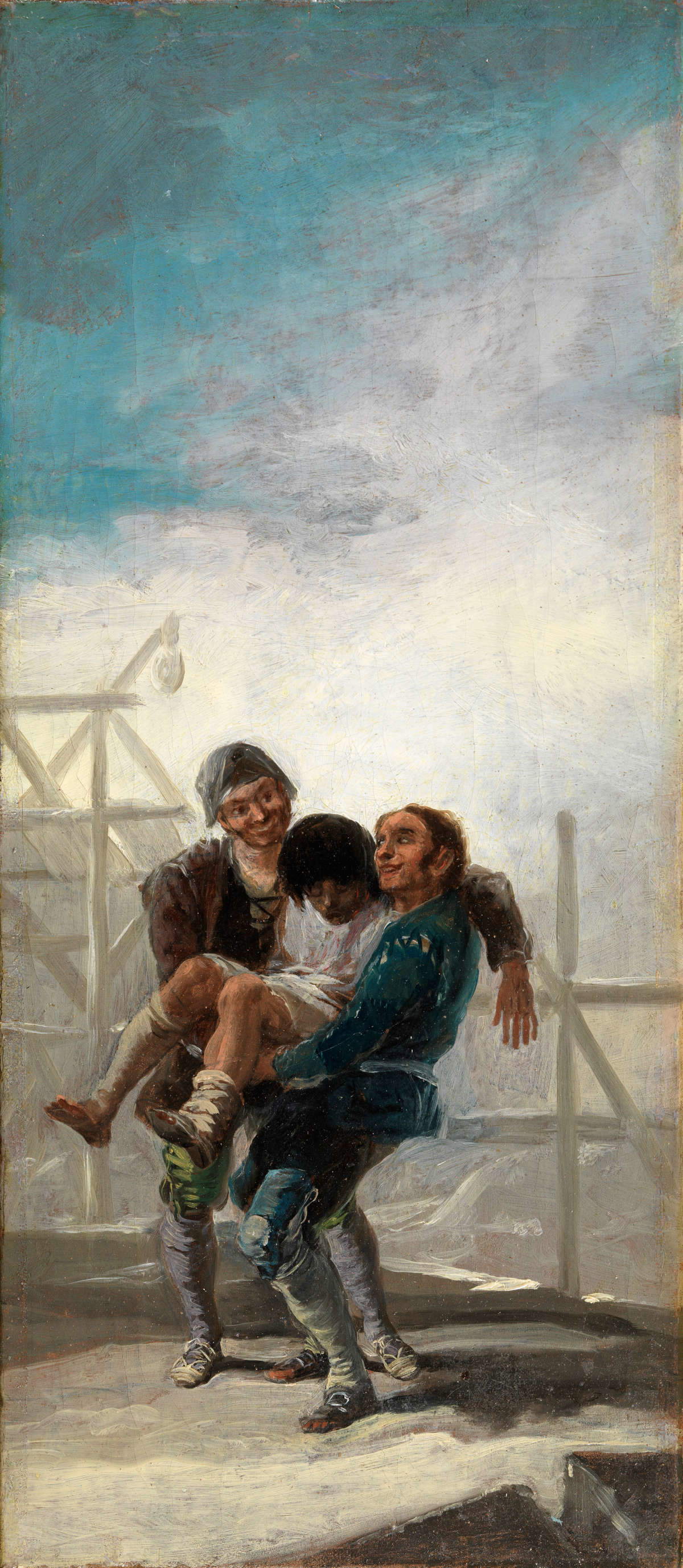


The exhibition goes further, however, with an unusual concept : through some 70 works, it offers visitors the master’s paintings displayed in dialogue with some of the most important engravings that made Goya the absolute master of this art, flanked by their original copperplates. A unique opportunity made possible thanks to the invaluable collaboration with the Real Academia de Bellas Artes de San Fernando, in Madrid, which-with its Calcografia Nacional-has just completed in June 2023 the restoration of the matrices, in a recovery project that is unprecedented in terms of the complexity and magnitude of the work and that for the first time in an exhibition allows visitors to admire the post-restoration copper plates in their original details returned to light and in direct comparison with the prints. A positive-negative duality that also characterizes the layout of the entire exhibition, curated by Studio Novembre.
Throughout the exhibition Goya. The Rebellion of Reason a common thread emerges that runs transversal to the general chronological view of the sections. It is the common thread of the man Goya and the depth of his enlightened soul, of his ’reason’. Goya is one of the artists who opens up to modernity while remaining deeply integrated in his time. The first court painter and director of the Royal Academy of San Fernando, Goya has the opportunity to relate to a circle of trusted intellectual friends, with whom he exchanges views, sensibilities, political, social and cultural positions on what was a long and troubled historical era, saturated with changes, transformations and political, social and ideological events. He himself experienced a revolution in painting in tune with the historical complexity he was experiencing; a change he expressed both through images and by transforming painting into a revolutionary language capable of breaking with rules and imitation of models. As a result of this, Goya is the first artist whose works are the result of his experiences, personal feelings, passions and sufferings, as well as his view of the world around him. He is one of the first artists to identify with life. Hence, his obsession with stripping himself of the constraints of commissioning in order to paint freely. That is why it is not possible to understand his painting without knowing his life, nor his life except through his painting. Indeed, the Spanish painter’s style continued to evolve, and did so until his death. From the conventional painting of his early works, in which like all painters of his time he submits to the tyranny of patronage, the only one who pays artists by giving them a source of livelihood, to the final phase of his life, during which Goya destroys his painting to create a new, radical and revolutionary one. Contrary to what has often been repeated, Goya was not a spontaneous, improvisation-loving painter. On the contrary, as a man and as an artist, he revealed himself to be a rationalist. Rationalism that found expression in the criticism aimed at the social, political and moral situation.
Goya’s painting is said to transmigrate from light to dark, from a bright painting of the early days to pinturas nigras, a painting of old age in dark, black tones, the tones of his body and soul sick and disillusioned by the French Revolution, by a society boorishness that he so satirically portrays in his Caprichos, by the disasters and ugliness that war marks on the bodies and in the minds of the weakest and social outcasts, as painted in his paintings of the cycle The Disasters of War or The Asylum or Scene of Inquisition: scenes that tell of a personal inner unease toward all that was ’outside,’ but also charged with a higher, and profoundly modern, pietas. A transmigration and a chromatic contrast that the exhibition does not fail to emphasize both by translating it in the installation itself, and in the video installation dedicated to Goya’s graphic work, curated by NEO (Narrative Environment Operas), where the duality light and dark also becomes positive and negative, positive image of the print and engraved plate, that is, the inverted image of the matrix.

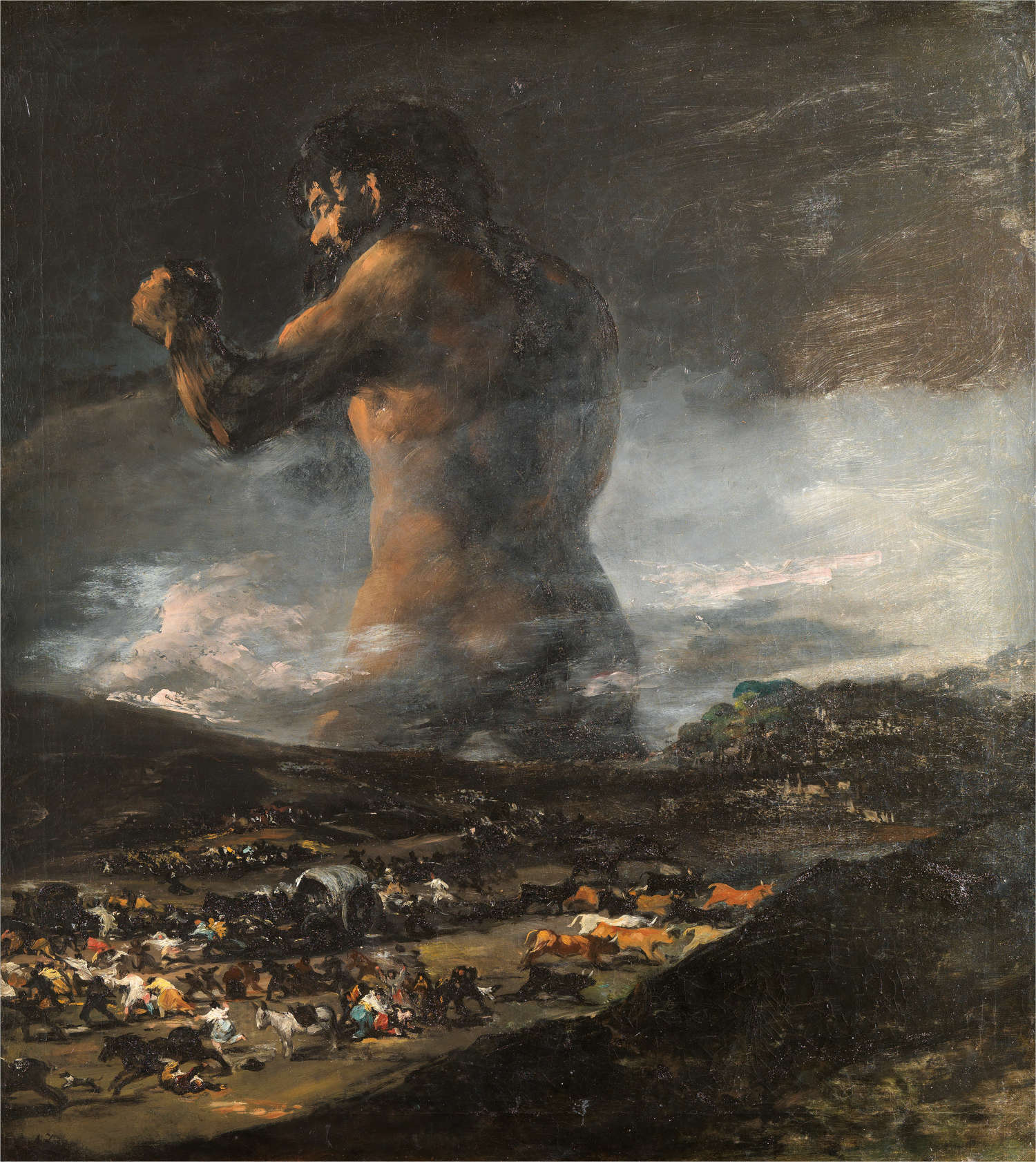

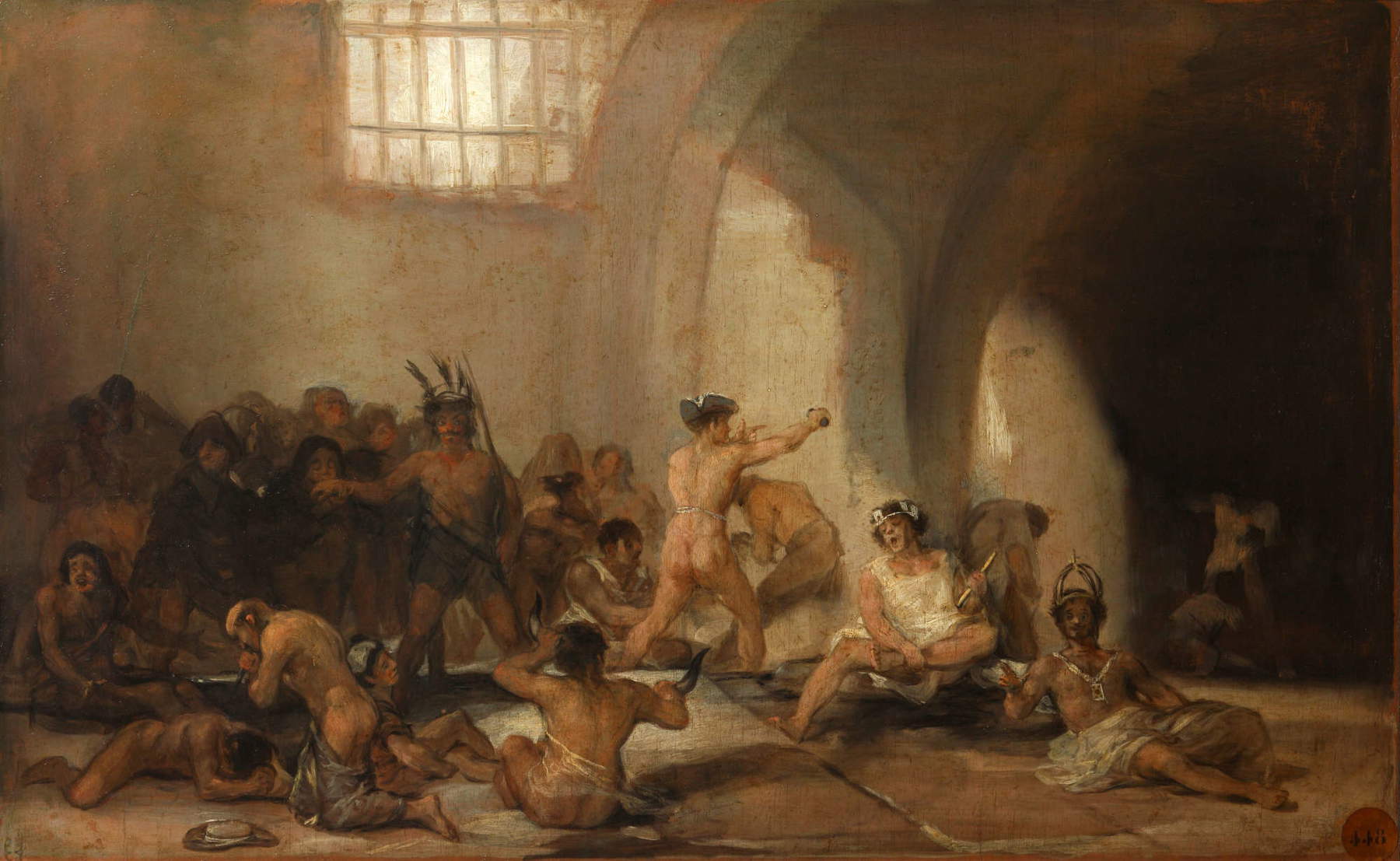
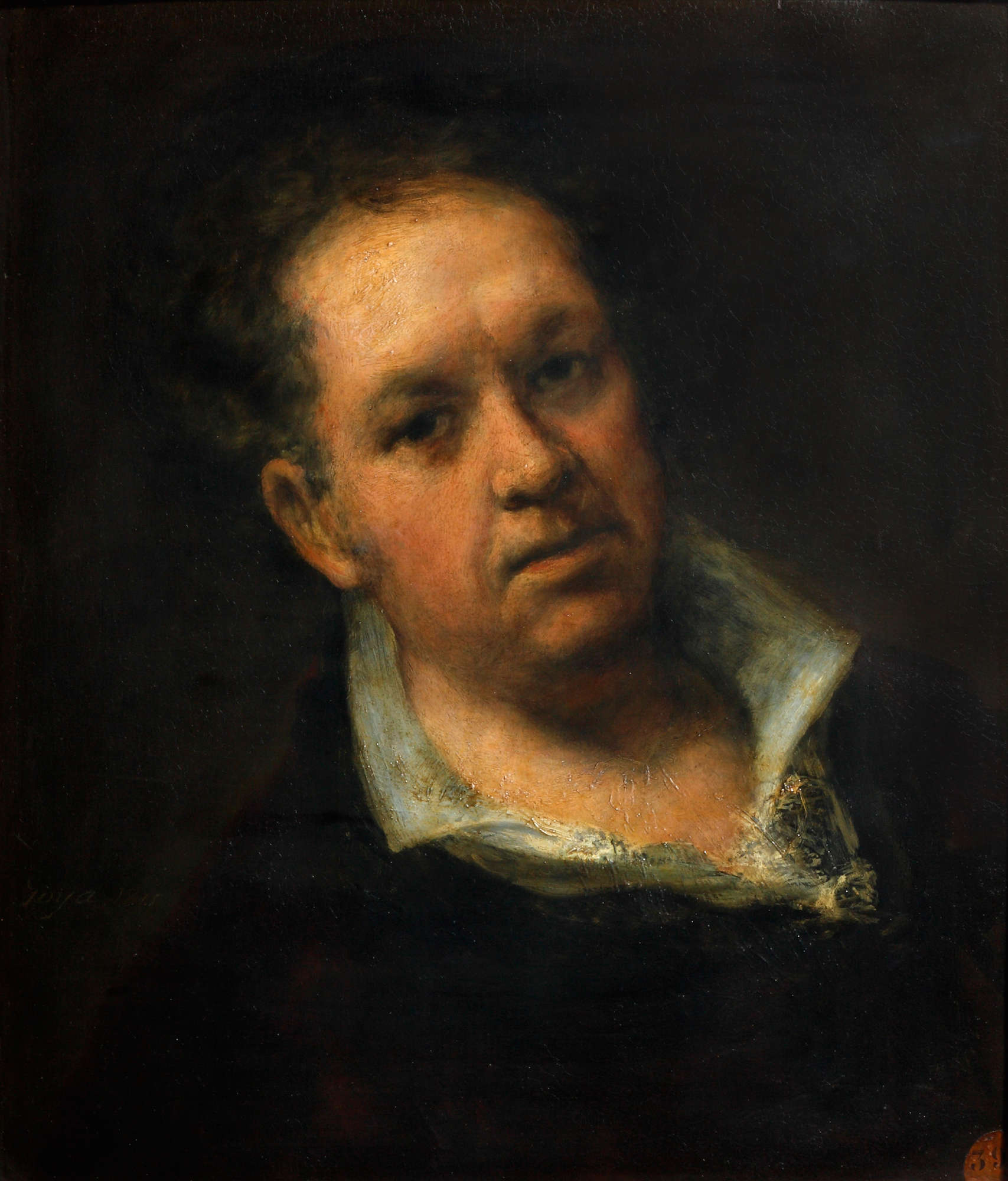
The series of engravings-presented in the exhibition-allowed Goya to act with the freedom that was not granted to him by the patrons of the paintings, which were more stranded in court rhetoric or in the telling of traditional themes. It is to the engravings that Goya entrusts his most intimate and free thinking, and which in the exhibition itinerary find a particular appreciation. Where the graphic - though limited in number - is still reproducible because it is precisely a ’copy,’ it is the copper matrix that actually constitutes the original work of art, from which the engraving derives. This is why having on display the chance to admire the original copper plates of some of Goya’s most important and famous engravings, restored and restored to their former glory, is a unique and unrepeatable opportunity, not least because of the extreme delicacy of moving these artifacts from the warehouses of the Real Academia’s Institute of Chalcography. Precisely because they are so intimate, the engravings were expressions of the artist aimed at the complicity of a clientele that was ideologically akin to him. Although there is no lack of costume themes, however, the greatest political and ideological weight with which Goya charges his engravings is centered on the critique of war and the irrational free flight of theimagination. They constitute a critique, a ’rebellion of reason’ in the face of the lack of reason itself in the barbarity of war. They are a testimony of anguish, of rejection, but at the same time a call for the return of the order of reason. Fantasy and dreaming serve to liberate the imaginary.
“Rationalism,” writes curator Víctor Nieto Alcaide, “should not be confused with order, design and academicism. Goya’s rationalism is ideological, and he projects it in his works using expression as a mode that connects, on the one hand, social criticism through themes and, on the other, criticism of painting itself, dissolving the conventional forms of beauty. In Goya, the ideal of beauty is transformed into the plastic value of expression. Through his works Goya appears as the origin, the beginning and the starting point of all modern forms of painting because although expressiveness appears as an instinctual form, here it seems to submit to the dictates of reason. And because the only creative and effective way to break with the absurdity, horror and terror aroused by the absence of reason is the rebellion of reason itself. Hence, the validity of Goya’s painting, which lies in not being centered on precise events in History and in fixing a universal and timeless value.”
The project is promoted by the City of Milan-Cultura and produced by Palazzo Reale and 24 ORE Cultura-Gruppo 24 ORE, in collaboration with the Real Academia de Bellas Artes de San Fernando, in Madrid and under the patronage of the Embassy of Spain in Italy, the Spanish Tourist Board and the Cervantes Institute in Milan. On the occasion of the exhibition, 24 ORE Cultura published the catalog " Goya. The Rebellion of Reason,“ along with the monographic volume edited by Stefano Zuffi and, finally, the graphic novel ”Francisco Goya. The Temptation of the Abyss," by illustrator Otto Gabos. The volumes are available inside the exhibition bookshop, in bookstores and online. Excluding presale. Audioguide included INFORMATION AND RESERVATIONS palazzorealemilano.it | www.mostragoya.it ticket24ore.it | +39 02 54912
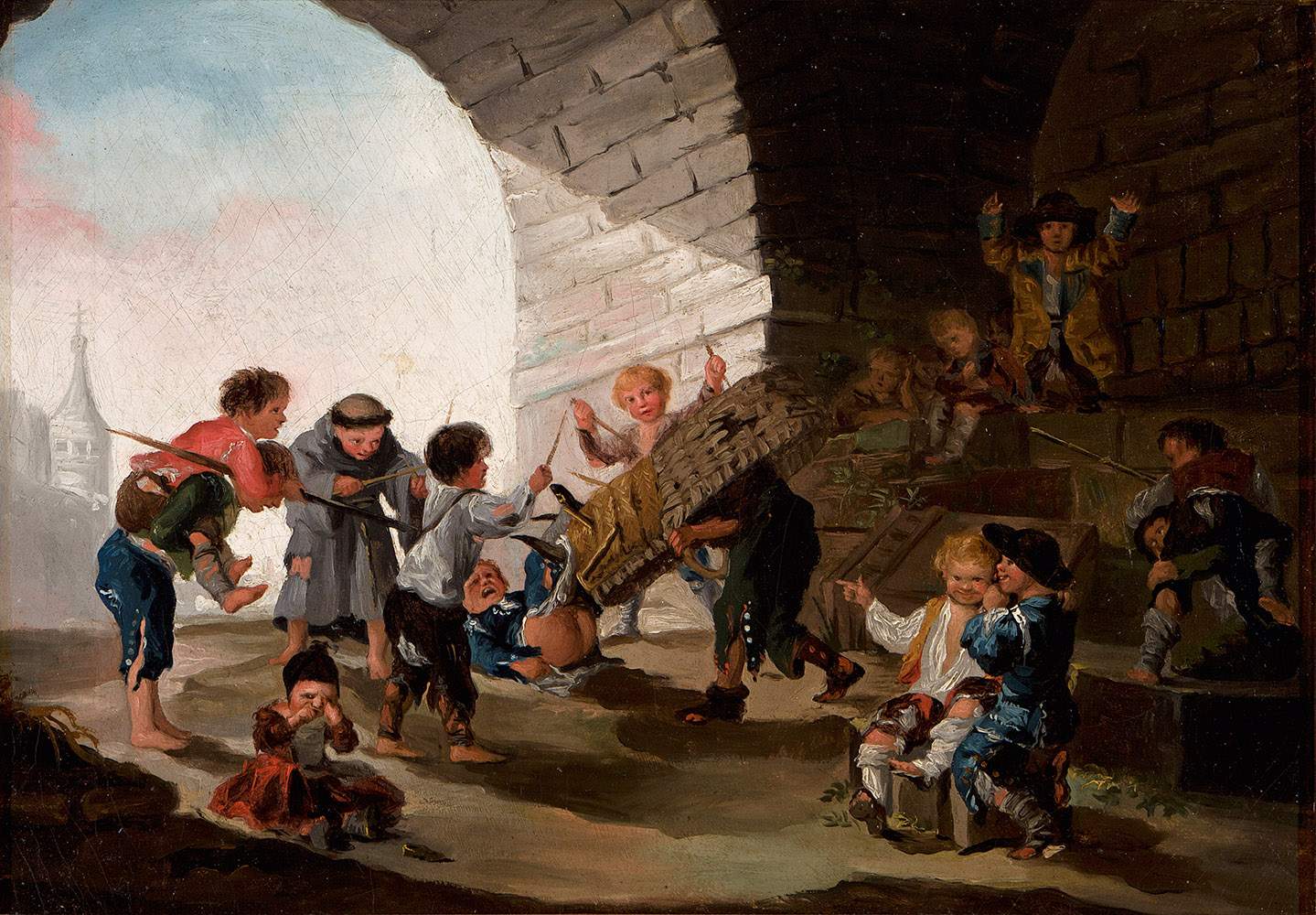 |
| The rebellion of reason: in Milan, the exhibition on Francisco Goya |
Warning: the translation into English of the original Italian article was created using automatic tools. We undertake to review all articles, but we do not guarantee the total absence of inaccuracies in the translation due to the program. You can find the original by clicking on the ITA button. If you find any mistake,please contact us.